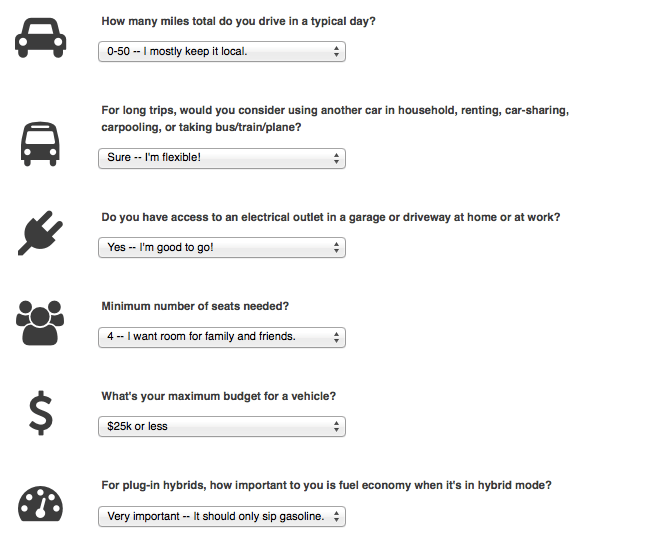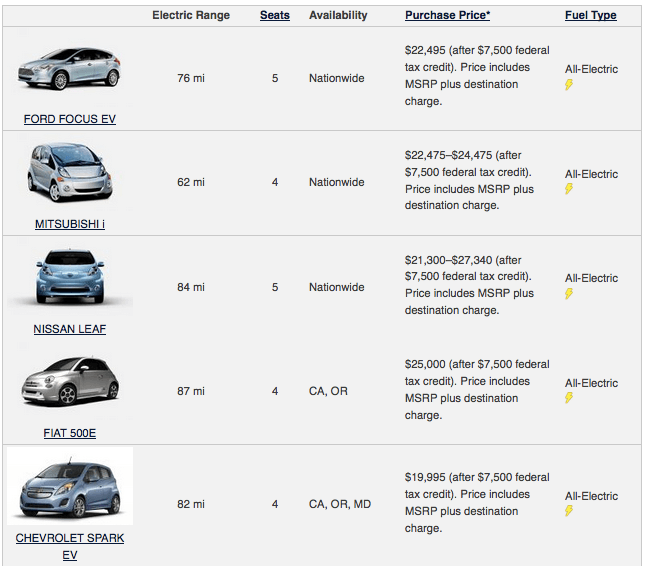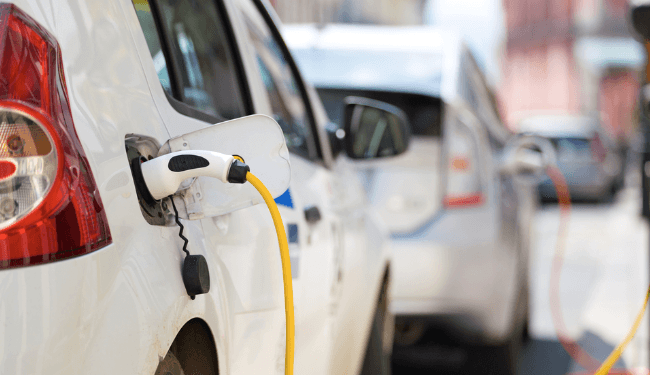

Electric vehicles (EVs) may be the future of transportation, but is an EV right for you? If you’re considering a switch, it can be difficult to choose between the many different models, prices, mile ranges and fuel economies that are available in this nascent sector.
With all these variables—not to mention all the government and utility incentives to navigate—the Sierra Club has released an update to their Electric Vehicle Guide, a database and online tool that makes the decision-making process a lot easier.
The EV Guide allows users to compare specs of more than 20 models that are available today. To narrow the field even further, you can take this simple, six-question Pick-a-Plug-In quiz that asks questions based on your budget, fuel requirements and other specifications.
Here’s a screenshot of what the quiz looks like with my answers:

And here are my results:

One great feature of the new guide is its state index. After clicking on an EV, say a Ford Focus, you can enter your zip code to calculate how much you’ll save in CO2 emissions and fueling costs with the Focus, and also learn about available incentives in your area, from rebates and tax credits to EV charging incentives and other discounts.

 233k
233k  41k
41k  Subscribe
Subscribe 
